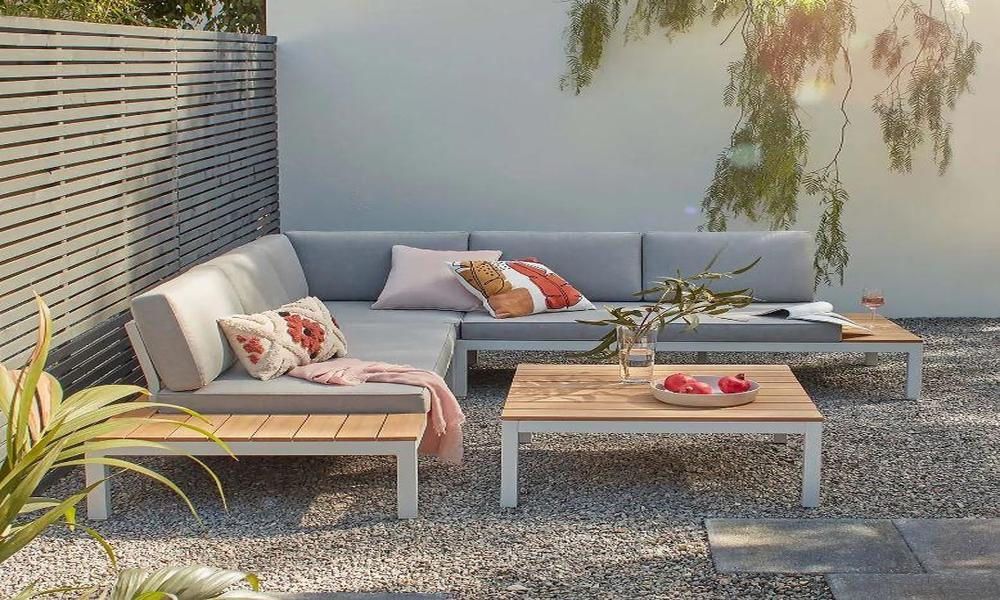
Ways To Avoid OUTDOOR FURNITURE Burnout
Avoid extreme temperature changes: Sudden temperature changes, such as moving furniture from a shaded area to direct sunlight or vice versa, can cause stress on the materials. Try to gradually transition furniture between different temperature zones to minimize the risk of warping or cracking.
Properly arrange furniture: Place outdoor furniture on surfaces that are less prone to heat absorption, such as rugs or mats, to avoid direct contact with hot surfaces like concrete or stone. You can also use furniture pads or glides to provide additional protection against abrasive surfaces.
Use cushions with removable covers: If your outdoor furniture has cushions, choose ones with removable and washable covers. This allows you to easily clean and maintain them, preventing stains, odors, and mold growth.
Avoid placing hot items directly on furniture: Be cautious when using items such as grills, fire pits, or hot cookware near outdoor furniture. Place heat-resistant mats or trivets underneath to prevent direct contact and potential heat damage.
Reasons To Stop Thinking About OUTDOOR FURNITURE
Budget constraints: Outdoor furniture can be expensive, especially if you’re looking for high-quality, durable pieces. If your budget is limited or you have other financial priorities, it might be more prudent to postpone or forego purchasing outdoor furniture altogether.
Lack of outdoor space: If you live in an apartment or have a small outdoor area, you might not have enough space to accommodate outdoor furniture comfortably. In such cases, it may be more practical to focus on maximizing the available space for other purposes or investing in smaller outdoor essentials like potted plants or portable seating options.
Maintenance requirements: Outdoor furniture requires regular cleaning and maintenance to ensure its longevity. If you’re not willing or able to commit to the necessary upkeep, it may be better to avoid outdoor furniture altogether and opt for low-maintenance alternatives like outdoor rugs or bean bags.
Changing needs or preferences: Your lifestyle and preferences may evolve, leading you to use your outdoor space differently or have a change of heart regarding the type of furniture you want. If you’re unsure about your long-term plans or anticipate significant changes shortly, it might be best to delay purchasing outdoor furniture until your requirements become more stable.
Ways Of OUTDOOR FURNITURE That Can Drive You Bankrupt
Overspending on luxury brands: High-end outdoor furniture brands often come with exorbitant price tags. If you splurge on expensive designer pieces without considering your budget and financial limits, it could strain your finances and lead to financial hardship.
Neglecting maintenance costs: Outdoor furniture requires regular maintenance to keep it in good condition, especially if it’s exposed to the elements. Neglecting maintenance can lead to premature wear and tear, resulting in the need for costly repairs or replacements.
Poor weatherproofing choices: Choosing outdoor furniture that is not suitable for your climate or failing to adequately protect it from the weather can result in damage and reduce its lifespan. Constantly replacing furniture due to weather-related issues can quickly drain your bank account.
Neglecting insurance or warranties: Accidents, theft, or damage can occur to your outdoor furniture. Without adequate insurance coverage or warranties, you may end up shouldering the financial burden of repairs or replacements.


